There’s a story on Dynapower coming soon – going to do a site visit at a recently inaugurated site – and I’m going to teach you about their new Reverse DC-Coupled PV+S hardware. Today though, we get to learn about SMA+Dynapower working together on a utility scale DC-DC converter – “The SMA DC-coupled PV central inverter includes connection points for up to six DC converters. This air-cooled system has the capability of both operating as a current source device but also can operate as a voltage source device where it’s actually emulating the PV array. This 500-kW DC-DC converter boasts bi-directional functionality so you have the flexibility to not only charge from solar but also from the grid. The unit also boasts many different use cases for the DC-coupled energy storage market such as clip loss capturing and time shifting.” Source – Dynapower
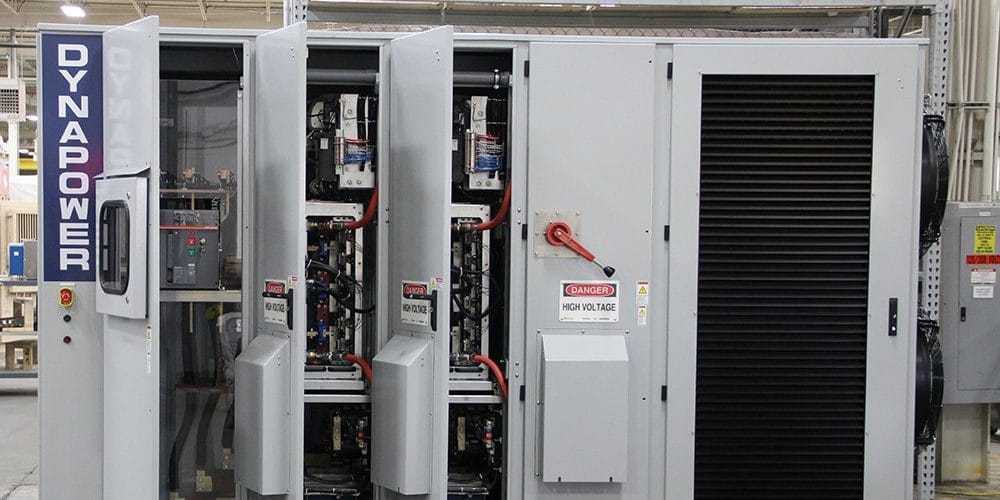
The Tesla Cybertruck is included this morning because it has batteries in it, and Tesla’s push into electric cars and building the Gigafactory in Nevada was possibly the modern moment that started the massive decrease in energy storage pricing. Tesla doesn’t allow vehicle to grid or vehicle to house charging (UPDATED: Note in below tweet from the vehicle launch, that the unit does have 110v/220v outlets (plus a solar add-on option). This is enough to run an emergency panel – worth it’s weight in gold!), but if they’re going to show off their vehicle camping with heavy energy use in the middle of the woods – then we gotta believe they’ll give us something to use. If not, we just have more hardware using energy storage that will speed up the transition. Source – Tesla.
From the presentation, 110/220 pic.twitter.com/hH8MUx3S4Z
— Otmar (@CafeElectric) November 22, 2019
Small scale residential energy storage is gaining abilities that the big grid hardware gets. This is part of our homes becoming the grid, or at least a non-trivial piece of it. “Sunverge enables co-optimization of consumer services and advanced grid service, allowing customers get consumer benefits such as bill reduction, maximizing self-consumption, backup power, TOU, dynamic pricing, demand charge management coupled with grid services such as Frequency Response, Frequency regulation, Voltage support, Demand Response and others. All of Sunverge’s advanced platform features are now supported and running with the LG ESS to provide homeowners with newfound control over their energy generation and use while providing advanced grid services along with dynamic fleet aggregation and orchestration for utilities, grid operators and third-party aggregators.” Source – Sunverge.
Here’s a portable roll out system that comes with Lead Crystal Batteries that have a great lifetime, and roll around on wheels. The systems have 4.6 and 9.3 kWh of storage capability, enough to last through a short term event for a house’s worth of electricity, or running a power cable for a longer term and just a few key items. Source – Green Rhino Energy.
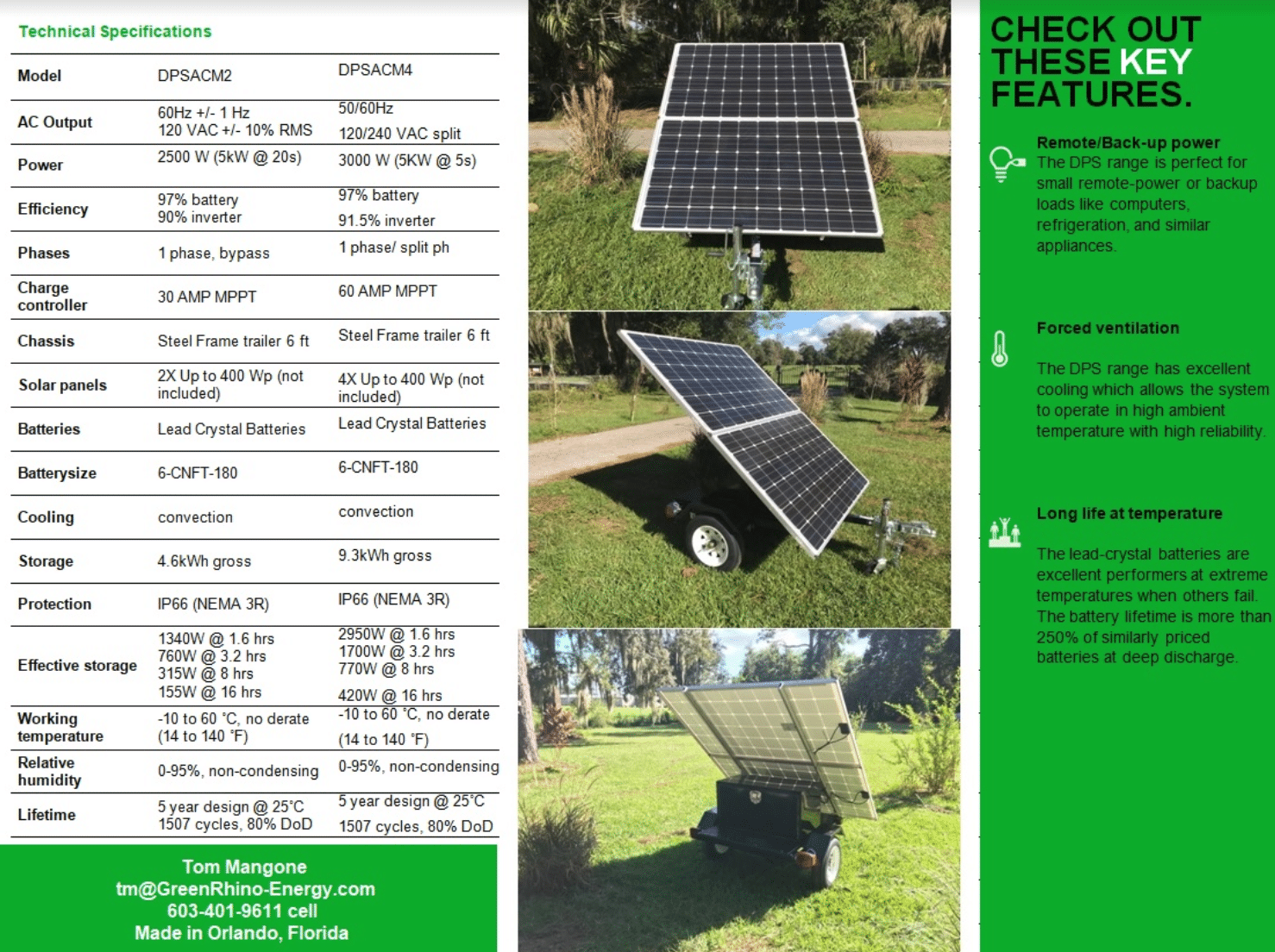
Being how this is a seeming energy storage focused brief, here’s a story from the EIA talking about energy storage, and really talking about lithium ion: “Most utility-scale batteries in the United States are made of lithium-ion. The oldest utility-scale battery storage system operating in the United States is the Battery Energy Storage System project in Fairbanks, Alaska. This project, which came online in 2003, uses nickel-based batteries in a system with 40 MW of power capacity and 11 MWh of energy capacity. In 2017, two vanadium flow battery systems were installed in the United States, totaling 4.4 MW of power capacity and 16 MWh of energy capacity. At the end of 2018, the United States had 862 MW of operating utility-scale battery storage power capacity and 1,236 MWh of battery energy capacity.” Source – EIA
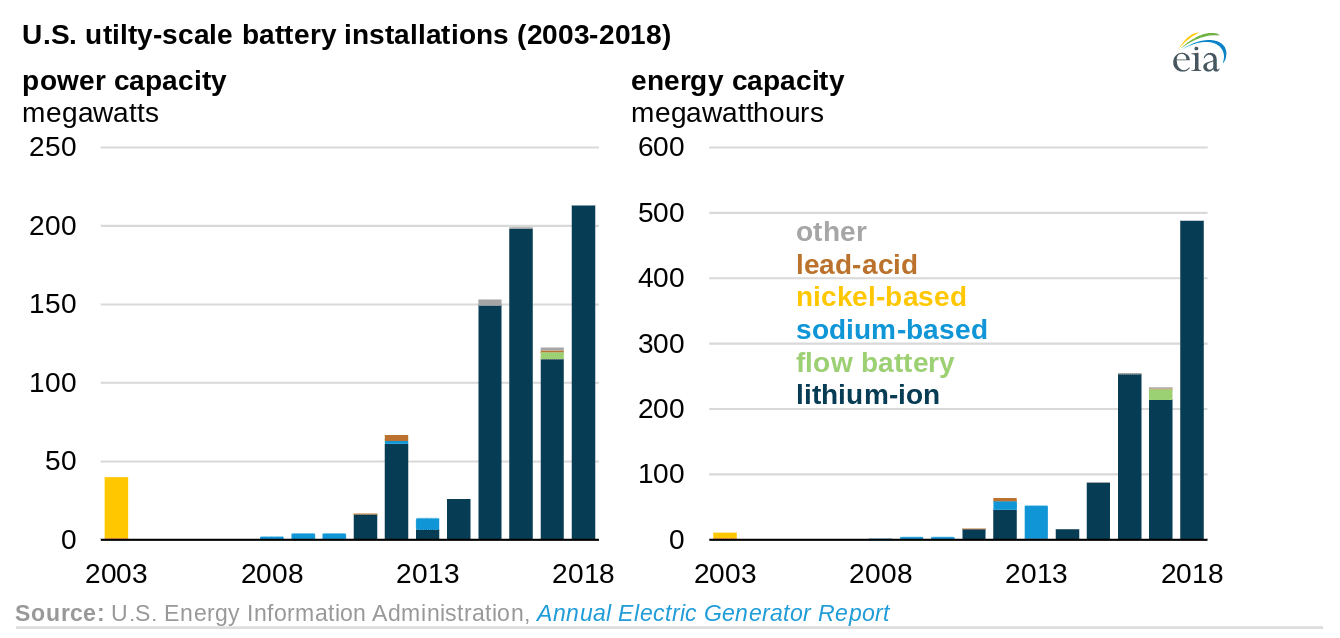
Poly/multi-silicon modules are still trending down slightly. Developer I work with bought less than a shipping container worth for 35¢/W – that’s a pretty solid price for a few pallets.
https://twitter.com/PvInfolink/status/1197102580553392128
This content is protected by copyright and may not be reused. If you want to cooperate with us and would like to reuse some of our content, please contact: editors@pv-magazine.com.
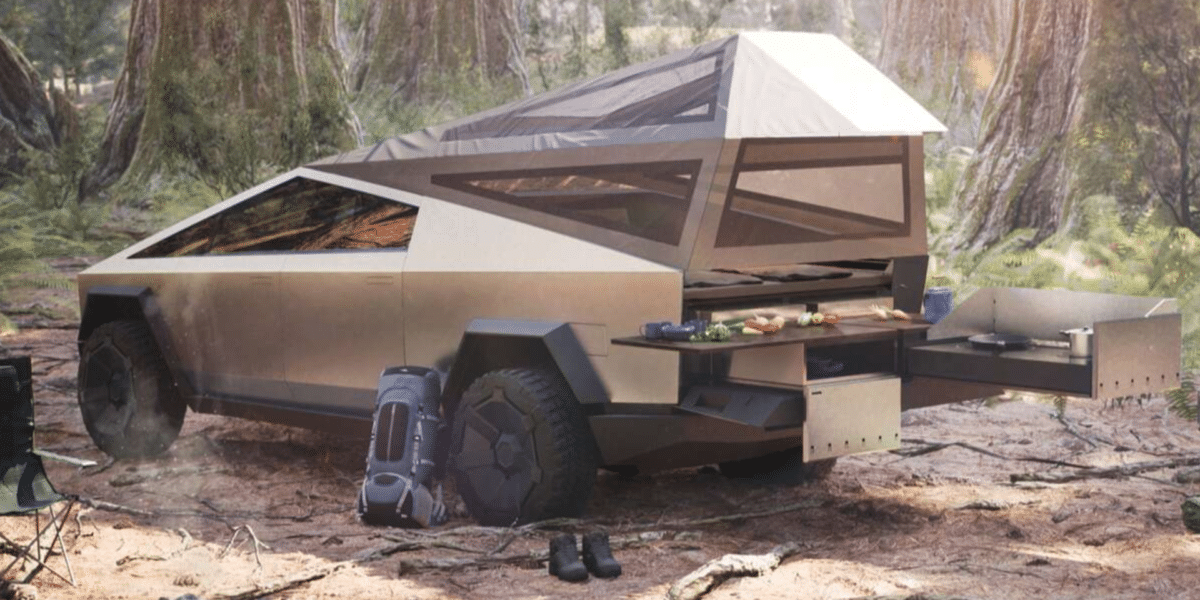
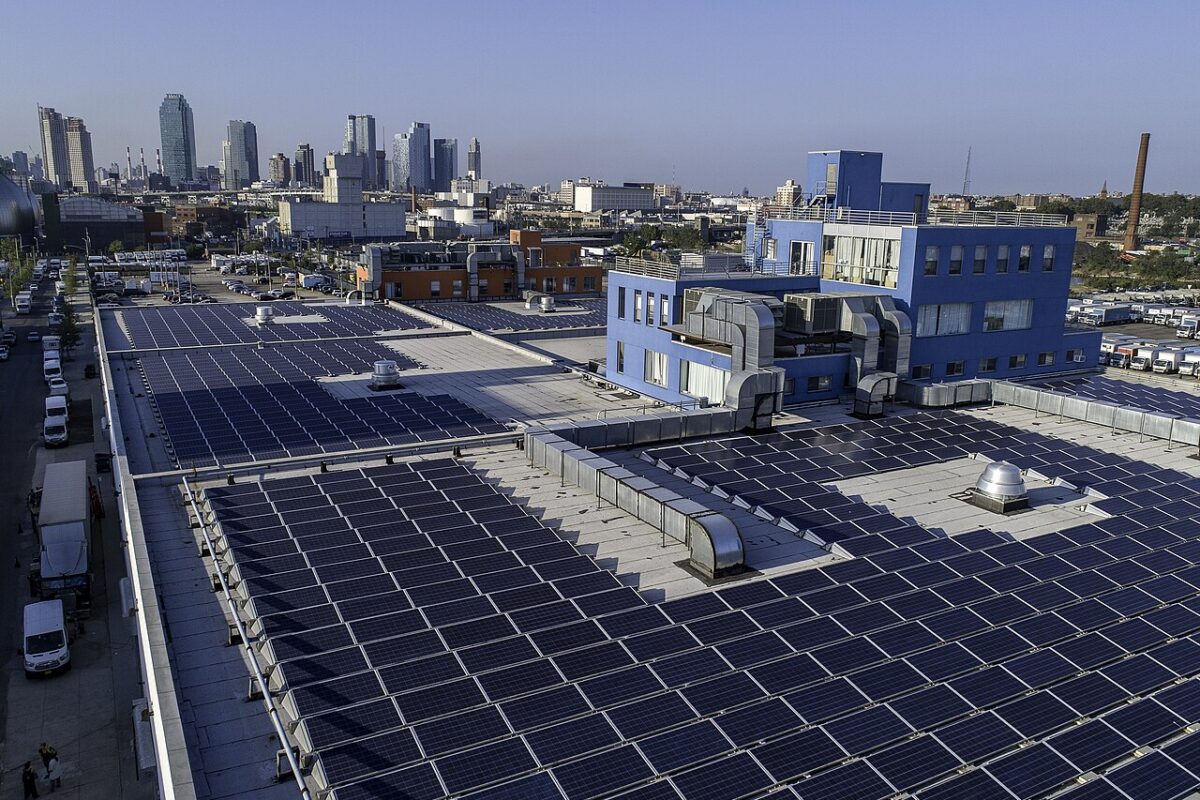




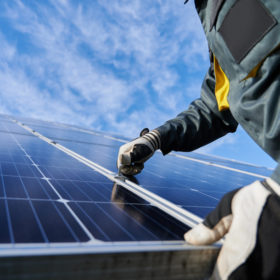
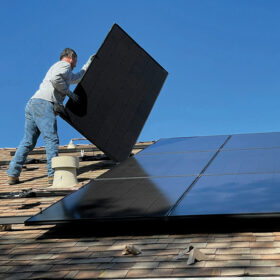
The Dynapower system sounds good for commercial and is so close to what I need for my particular requirements. I’ve looked at Panasonic, TESLA, LG Chem, Sonnen, Humless and others. The unfortunate part is even the Dynapower behind the meter systems start at 125kW and 480 VAC. With some of the new technology you brought up during the recent SPI in Utah, smart C.B. panels could automatically select critical home circuits during power outages and isolate high current draw devices like electric heaters, electric ovens, while keeping the rest of the home powered for days using solar PV charging and large battery storage units, (something in the 100kWh) range.
Thanks for the updates.